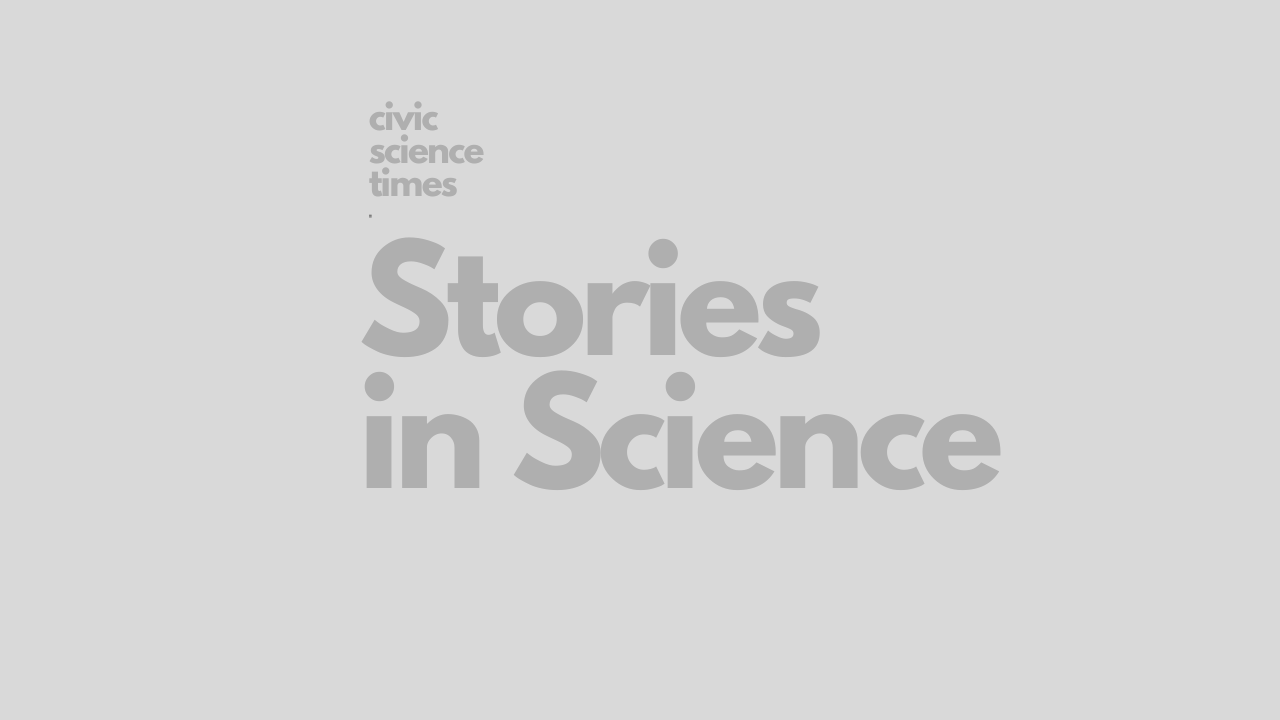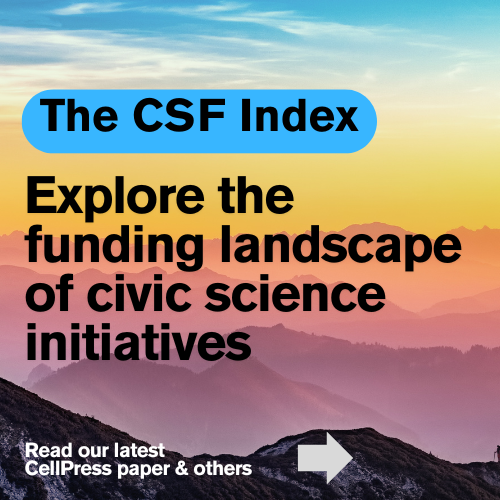CSO - Stories in Science
Iridescence in a World of Noir
Parin Shaik: “I sacrificed my hobbies and interests for the sole purpose of becoming the epitome of perfection. I became afraid that if I couldn’t live up to their expectations, I would be nothing but a failure.”

Parin Shaik
[su_boxbox title=”About”]Parin Shaik is a rising high school sophomore from Shrewsbury, Massachusetts, and organizer of Science & Us, a non-profit youth-led organization inspiring young people to find a medium in which science meets personal interest and hobbies. Outside of school, she enjoys drawing over her classwork, studying Latin, and writing. You can reach her via LinkedIn. [/su_boxbox]
[su_boxnote note_color=”#d5ecb3″]Key Points
- The quality of your passion will mirror the quality of your self-perception.
- Coincidence can be pivotal on one’s outlook on life.
- Think in color as opposed to the mundane black and white.[/su_boxnote]
Adaequō: Latin word meaning “to equalize”. The origin of the English word “adequate”.
[dropcap]A[/dropcap]dequate is an adjective I never thought I’d use to describe myself. Born into a family of accomplished people, I felt obligated to fit into one of the boxes my parents had implicitly carved out for me: doctor, engineer, or lawyer. Anything outside of these options and I’d consider myself a failure. The burden of responsibility that came with my last name weighed on my 10-year-old shoulders as I desperately looked for career alternatives.

Parin Shaik
For five years, I proudly responded to the question, “What do you want to be when you grow up?” with a prepared answer. After regurgitating an incoherent jumble of medical facts from Wikipedia, I would proudly tell them “surgeon.” I didn’t specify what kind, but their satisfied expressions meant I didn’t have to. It made me feel adequate. However, I harbored the following secret: I actually hated science. Atoms and animal anatomy were boring. In science classes, I would strum my pencil against my desk with frustration, waiting for time to pass. But striving to become a surgeon felt almost like a rite of passage.
My parents came to America in the early 2000s with my older sister seeking the American Dream. We first moved into a tattered apartment on the outskirts of Boston surrounded by a plethora of other immigrant families. The walls of the apartment locked up our wishes—dreams all the immigrant kids had of buying a mansion and a Benz to drive down the road. My mom would regularly take my sister and myself downtown. While walking through the wealthy parts of Boston, my mom would squeeze my hand and tell me that I would live there someday when I had more money. When I would be living the perfect life.
But that day, my life changed. I was introduced to a safe space where the topics of art and science could coexist.
But in my personal standards, the definition of perfection was vague. Was it being pretty? Being smart? Being wealthy? Being successful? Or maybe it was being more like my sister. I would copy whatever she did and seek validation. Unfortunately, as she went on to college, I realized that we were polar opposites. She was outgoing, pretty, smart, and straight-forward. On the other hand, I was very introverted and insecure.
Driven by dreams of money and by my mother’s words, I sacrificed my hobbies and interests for the sole purpose of becoming the epitome of perfection. I became afraid that if I couldn’t live up to their expectations, I would be nothing but a failure. I would become the black sheep of the family, or the odd-one-out.
But despite my struggles with perfection and societal expectations, one thing that stuck with me was art. My mom, with limited English, stayed at home and painted. She drew on any sombre surface within her vicinity ranging from our wooden TV stand to the vases. She was no artist, but it was her escape from the reality of living in a foreign country with no one except for her family. Her passion became contagious, as I found myself picking up colored pencils and crayons in order to draw on any surface I could get my hands on. I found a world of happiness concealed within the broad streaks of crimson hues and shades.
As morning cartoons buzzed on television, I would analyze the movements and humanistic features of the characters. I then sketched them on the backs of recycled coupon papers. I began to find a passion for sketching and doodling in the pages of my math workbooks. Initially, my characters were the manifestation of who I wanted to be: pretty, white, rich, and skinny. Beneath them, I hid many of my insecurities and my true self.
When my infatuation with the concept of color started to slowly grow, I bought a mood ring lying on one of the shelves in the nearest CVS. Upon slipping it on, I naively concluded that there was only one color attained to each person who wore the ring, instead of a variety depending on one’s mood.
But in a family accustomed to the standard black and white, I was scared to show my blooming color. My family stigmatized change, and I resented the idea of being unique.
In the eighth grade, a peer had called me “a cow and a whale” behind my back, and once the word got around, my self-esteem plummeted beneath the ground. My character began to form around sickly thin people, with tighter, skimpier clothes. Realization soon reminded me of the harsh truth: who I was and who I wanted to be became two distinct personas that I no longer had the capacity to carry.
Early June of 2018, my dad signed me up to attend an event called Science & Us being held at Boston University. I was intimidated by the word “sci-comm” on the flyer and desperately prayed the event did not revolve around writing lab reports.
But that day, my life changed. I was introduced to a safe space where the topics of art and science could coexist. I didn’t have to feel ashamed of being a “liberal arts” student in a world of scientists. More importantly, I came to realize that my hatred for science was misplaced. Seeing the connections between art and science was like entering a foreign territory: I didn’t know what I was entering, but each step I took was fascinating. As promising careers and futures started to unravel, hope slowly started to seep back into me.
The event gave me clarity I had been searching for some time. Without much hesitation, I subsequently applied to become an organizer and learn more about the Science & Us initiative.
Becoming an organizer meant I had to look beyond my comfort zone. I learned how to send emails to highly respected adults and how to end calls without awkwardly bidding goodbye. I was lucky to be granted the opportunity to fly to Portland, Oregon, to speak at Science Talk in April 2019. I met professionals who also enjoyed art, which sparked more hope within me.
Science communication made me realize that I didn’t have to be ashamed of being Parin Shaik. Everything begun to come together like perfectly crafted puzzle pieces. Specifically, my identity and purpose were slowly snapping into place.
As a result, my mental health began to also improve as well. In November of 2018, I took a short course at MIT on the science behind happiness. Why? Well, I wanted to explore the links between the brain and mental health. Neuroscience managed to connect many of the dots.
You see, growing up, I had always struggled with mental health. It was unpredictable. One instance I’d be euphoric and the next, I would be an anxious wreck with worry consuming my mind. I often contemplated if I was to be solely blamed for how my mind behaved. Taking the course heavily altered my perspective on how the brain worked, and allowed me to realize the science behind my emotions and the influence my body had on them. The guilt was lifted off my shoulders.
Studying neuroscience allowed me to better understand the science behind my mental health and how my brain was affected by color and design. Using science was actually a gateway to influence my art, and in turn using my art to inspire my mind.
One year ago, my life and self-esteem were in shambles due to loss of direction. Fast forward to today, I’m living in a comfortable environment as myself. I embrace my diverse interests instead of suppressing them. My doodles are inclusive and show people of all backgrounds, and highlight the variety of humanity.
Eight years after my encounter with the mood ring, I now identify as a broad spectrum of colors, rather than just one color. I now understand that all the colors created an equilibrium which crafted me.
Cover image by Alexas_Fotos from Pixabay.
[su_boxnote note_color=”#d5ecb3″]Science and Us is currently having an Indiegogo campaign. Support them by clicking HERE > [/su_boxnote]
Metrics
Sessions
Total number of Sessions. A session is the period time a user is actively engaged with the page.
Visitors
Users that have had at least one session within the selected date range. Includes both new and returning users.
Page views
Pageviews is the total number of time the article was viewed. Repeated views are counted.
The CS Media Lab is a Boston-anchored civic science news collective with local, national and global coverage on TV, digital print, and radio through CivicSciTV, CivicSciTimes, and CivicSciRadio. Programs include Questions of the Day, Changemakers, QuickTake, Consider This Next, Stories in Science, Sai Resident Collective and more.

-
Civic Science Observer1 month ago
What are the objectives of the Neurotech Justice Accelerator at Mass General Brigham?
-
Civic Science Observer2 weeks ago
Meet the New Hampshire organization changing the way we see insects
-
Civic Science Observer3 weeks ago
Dear Colleagues: Help us understand the national impacts of federal science funding cuts on early career researchers in academic laboratories
-
Civic Science Observer2 months ago
Some of the key takeaways from the 2024 Communicating Discovery Science Symposium in South Africa






















